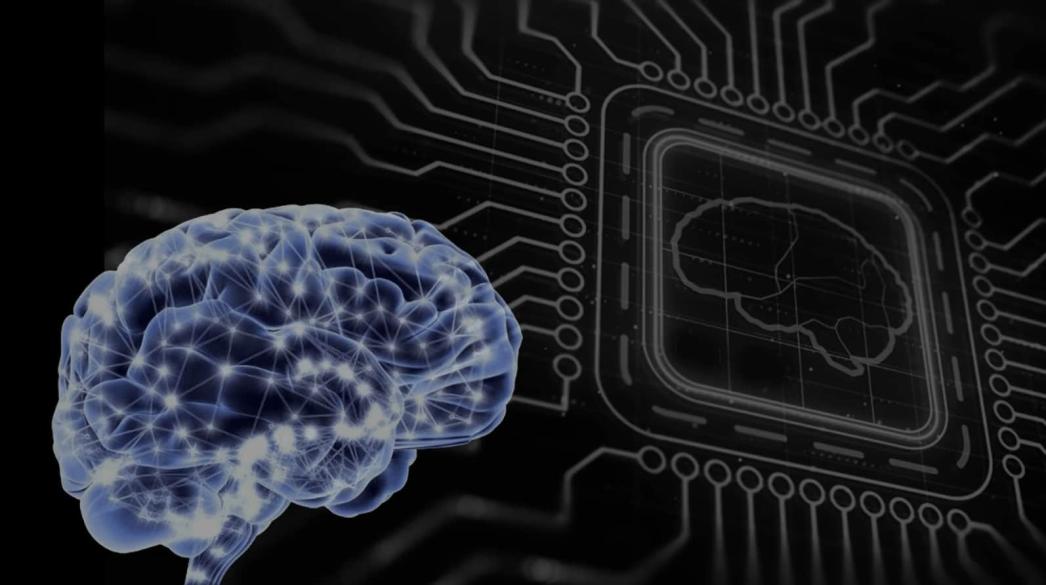What are the Future Trends in Computer Vision Deep Learning for Business?
In the ever-evolving landscape of artificial intelligence, computer vision deep learning (CV DL) stands as a transformative technology poised to revolutionize the way businesses operate. By empowering computers with the ability to "see" and interpret visual data, CV DL has opened up a world of possibilities, driving innovation and competitive advantage across a wide range of industries.

Current Applications Of CV DL In Business
The adoption of CV DL in the business world is rapidly expanding, with numerous applications already demonstrating its profound impact:
- Retail:
- Object detection and recognition for inventory management and efficient restocking.
- Facial recognition for personalized customer experiences and targeted marketing.
- Image analysis for product recommendations and enhanced customer engagement.
- Manufacturing:
- Quality control and defect detection to ensure product quality and consistency.
- Predictive maintenance and equipment monitoring for increased uptime and reduced downtime.
- Automated visual inspection for faster and more accurate quality control.
- Healthcare:
- Medical image analysis for accurate diagnosis and treatment planning.
- Disease detection and patient monitoring for early intervention and improved outcomes.
- Drug discovery and development for accelerated research and personalized medicine.
- Finance and Banking:
- Fraud detection and prevention to safeguard financial transactions and protect customers.
- Document processing and analysis for efficient and accurate data extraction.
- Customer verification and identity authentication for enhanced security and compliance.
Future Trends In CV DL For Business
As CV DL continues to evolve, new trends are emerging, promising even greater transformative potential for businesses:
- Edge Computing and IoT:
- Integration of CV DL models with edge devices for real-time data processing and decision-making.
- Improved efficiency and reduced latency for applications such as autonomous vehicles and smart cities.
- Generative Adversarial Networks (GANs):
- Creation of realistic synthetic data for training CV DL models, addressing data scarcity and improving model performance.
- Novel applications in art, fashion, and design, enabling the generation of unique and captivating content.
- Transfer Learning and Fine-Tuning:
- Leveraging pre-trained models for specific tasks, reducing training time and computational resources.
- Improved accuracy and performance for CV DL models, even with limited data.
- Explainable AI (XAI):
- Development of CV DL models that can explain their predictions, increasing trust and transparency in decision-making.
- Compliance with regulations and ethical considerations, ensuring responsible and fair use of CV DL technology.
Challenges And Opportunities
While CV DL holds immense promise, it also presents challenges that businesses must address to fully harness its potential:
- Data Privacy and Security:
- Addressing concerns about data collection and usage, ensuring compliance with privacy regulations.
- Implementing robust security measures to protect sensitive information from unauthorized access and misuse.
- Bias and Fairness:
- Mitigating bias in CV DL models to ensure fair and equitable outcomes, preventing discrimination and promoting inclusivity.
- Promoting diversity and inclusion in the development process, ensuring that CV DL models are developed with a broad perspective.
- Scalability and Performance:
- Optimizing CV DL models for real-time applications, ensuring fast and accurate performance even with large volumes of data.
- Addressing computational and resource requirements for large-scale deployments, ensuring cost-effective and efficient implementation.
- Integration with Existing Systems:
- Ensuring seamless integration of CV DL models with existing business systems, enabling smooth data flow and interoperability.
- Overcoming compatibility and interoperability challenges, ensuring that CV DL models can be easily deployed and integrated into existing infrastructure.

Despite these challenges, the opportunities presented by CV DL are vast and compelling. Businesses that embrace CV DL and invest in its implementation will be well-positioned to drive innovation, gain competitive advantage, and transform their operations for the digital age.
YesNo

Leave a Reply